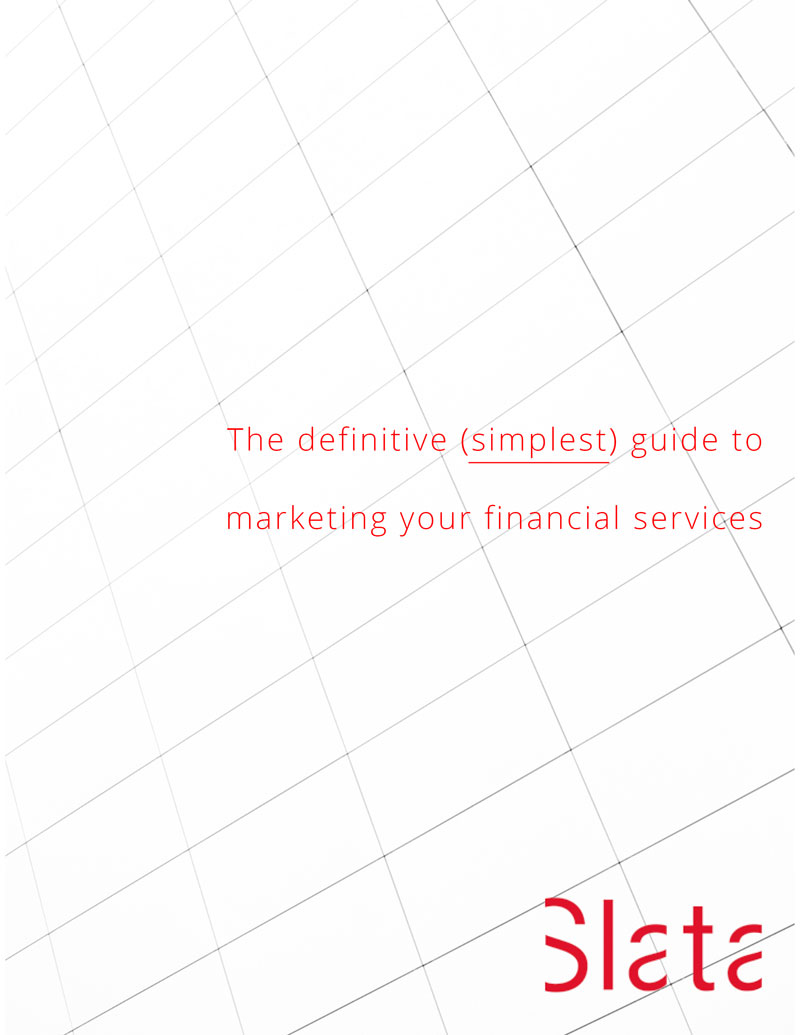Salesforce Plans to Make Marketing Cloud Even Smarter – CMSWire
Next year Salesforce will be making new data science capabilities generally available in its Marketing Cloud. These new features — called predictive journeys, predictive audiences and predictive scoring — are being debuted now per the San Francisco-based company’s MO of giving customers sneak previews of what’s to come.
And while predictive journeys and the others were built specifically for the Marketing Cloud, one gets the sense that Salesforce users will be seeing similar functionality in its other cloud offerings.
As Meghann York, director of product marketing for the Salesforce Marketing Cloud, put it, removing burden of heavy analytics lifting from customers’ shoulders has become Salesforce’s newest obsession.
“I think you are going to see Salesforce injecting this type of functionality throughout its portfolio,” she told CMSWire.
The underlying tech is new, York said, developed internally by Salesforce’s engineers and data scientists and made native for the next iteration of Marketing Cloud
Currently the features are in beta.
New Approach to Predictive Analytics
Salesforce decided to revamp its analytics approach after concluding that the old models dominant in the industry no longer work, York said.
“Marketers need better and more accurate insight into how they can deliver an optimal customer journey.”
The system developed scores the likelihood of a customer to engage — or, conversely — to disengage or discontinue the relationship with the company.
The models developed have selected the behaviors that predict a certain engagement, such as a purchase or renewal, or cancellation.
It might have determined, for example, that a customer who downloads a brand’s app is more likely to spend more than $250 per purchase.
Another determination might be that a customer who hasn’t opened an email in six months will be unsubscribing by the end of the year.
In other words, these models look at various scenarios that routinely play out in marketing and try to predict how to encourage or discourage the outcome.
To that end, marketers can request audiences likely to fall in these scenarios — such as people most likely to unsubscribe or even more granularly, previously high-spending customers who are now likely to unsubscribe. These customers are then sent on a “journey.”
“The system listens for certain behaviors of customers that might indicate a change. Then it can route these customers to a new path,” York said.
Not that it happens automatically — the marketer has to set the perimeters and instructions first.
A Surprising Journey
But with the information the system gathers, the marketer might be a bit surprised about the journey it is sending the customers on.
Take, Rue La La, the online flash site that was one of Predictive Journeys’ early adopters. One issue it has is that many of its customers sign up for emails but then don’t make any or many purchases, York explained.
“Predictive Journeys discovered that people who are likely to make a purchase have interacted with the site’s mobile app,” she said.
“So Rue La La launched a ‘win back’ journey for people who have only purchased from the site once,” she said.
It would not surprise you to know that one crucial element in that journey — which might have once been called a campaign in a previous life — was an email urging these users to just download the app.


